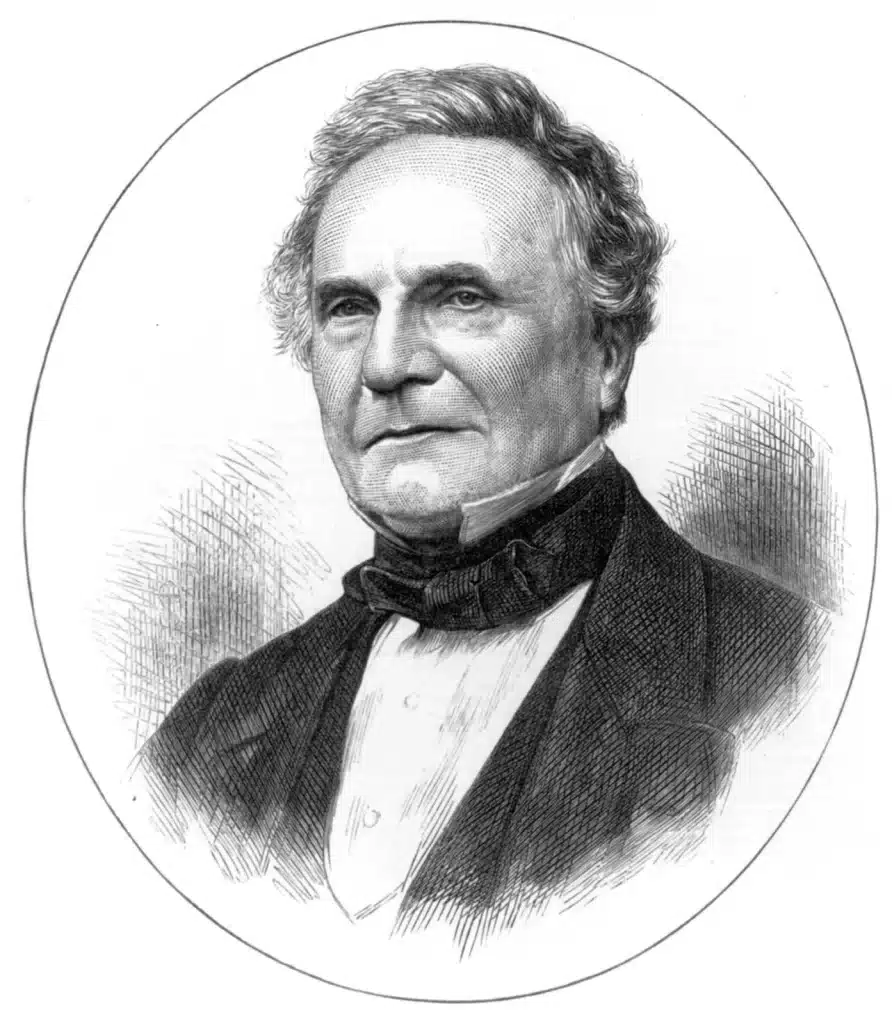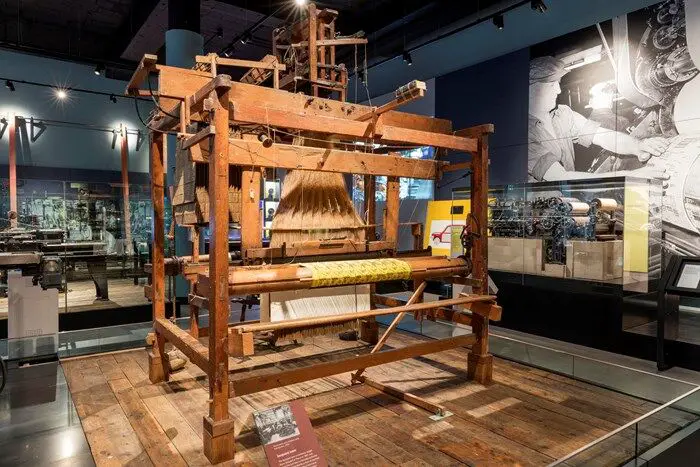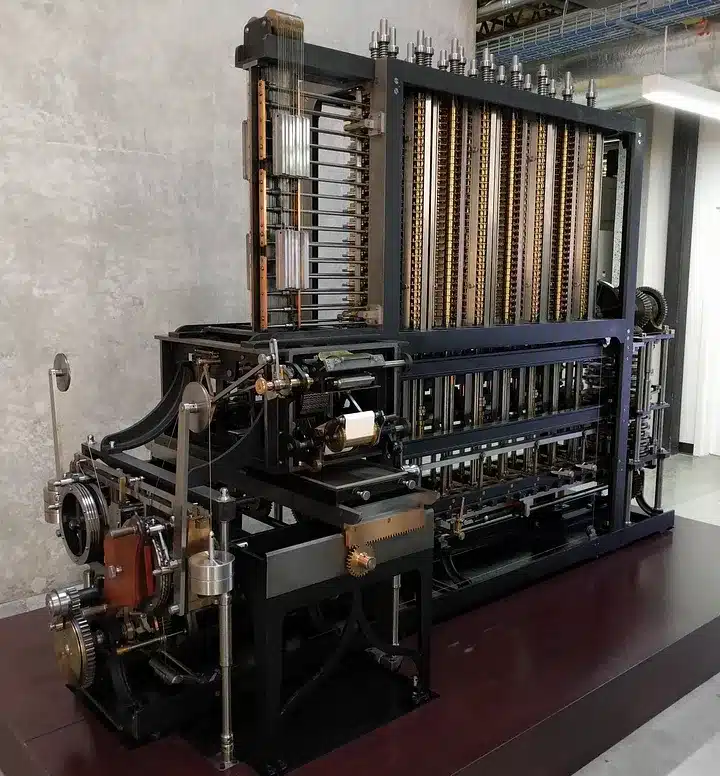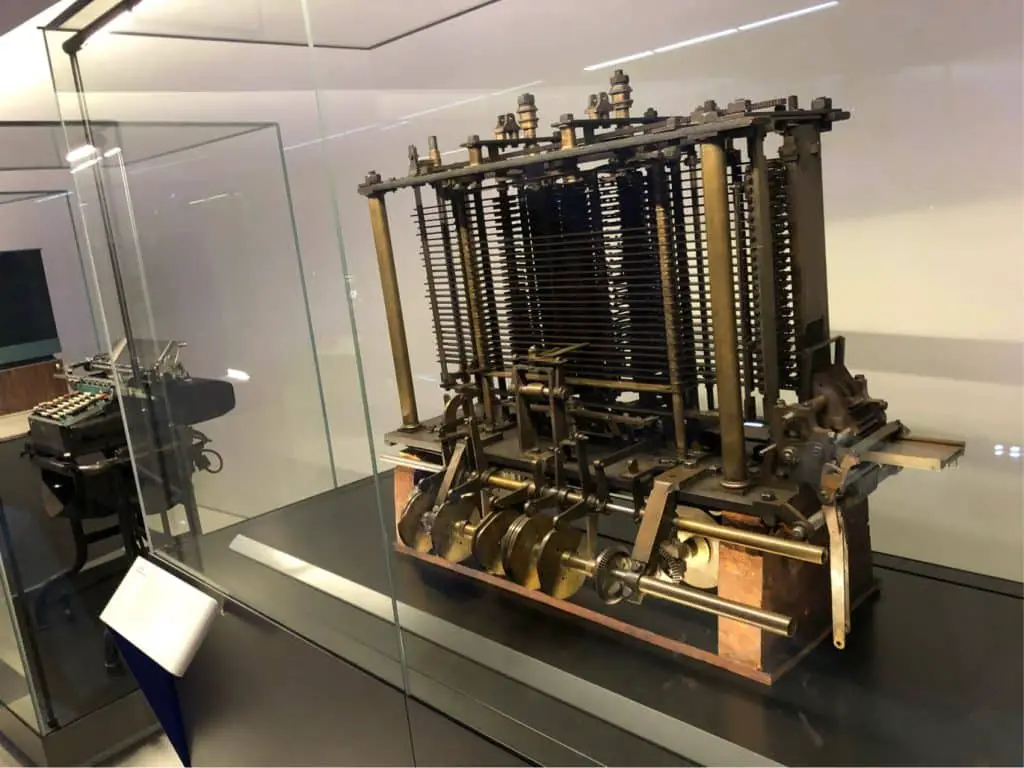There Analytical Engine, or Analytical Engine, is a pioneering concept in the field of computing, conceived in the 19th century; it was created by Charles Babbage, a British mathematician, philosopher and engineer, and represents one of the first attempts to build a machine capable of performing complex mathematical operations automatically.
This article will explore the figure of Babbage, the functioning of the Analytical Engine, its legacy and its relevance in the context of modern information technologies.
Who Was the Creator: A Brief Biography of Charles Babbage
Charles Babbage born in London on 26 December 179; he was the son of a wealthy banker and received a high-class education, studying mathematics at Cambridge; Babbage early showed great interest in the automation of mathematical calculations, an area in which he would leave an indelible mark.

In addition to the Analytical Engine, Babbage is known for his “Differential Engine,” a device designed to calculate and print tables of mathematical functions; although he never managed to fully complete any of his machines due to technological and financial limitations of the time, her ideas they were revolutionary and laid the foundation for the development of modern computers. He died on October 18, 1871, leaving a lasting legacy in the field of computing.
What exactly is the Analytical Engine?
The Analytical Engine was designed to be a mechanical machine capable of performing any type of mathematical calculation through the use of basic arithmetic operations; the idea was to create a programmable machine that used punched cards for data and instruction input, taking inspiration from the Jacquard loom which used punched cards to weave complex designs.

Babbage conceived the Analytical Engine as a device composed of four main components:
- Memory (Store): to store intermediate numbers and results.
- The arithmetic unit (Mill): to perform arithmetic operations.
- The control mechanism: To manage the order of operations via punched cards.
- The output: to print the results on paper.
How did it work?
The operation of the Analytical Engine was based on a complex system of cogwheels, levers and shafts, all designed to perform mathematical operations automatically. Here is a description of the operation process:
- Input via punched cards: Punched cards contained both data and instructions. Babbage used two types of cards: one for data and one for instructions.
- Memory (Store): The numbers and intermediate results were stored in the machine’s memory.
- Arithmetic unit (Mill): This unit was the heart of the machine, where the arithmetic operations of addition, subtraction, multiplication and division were performed.
- Control mechanism: Using punched cards, the control mechanism determined the order of operations and managed the flow of data between the memory and the arithmetic unit.
- Outputs: After processing, the results were printed on paper or recorded on other media.
His Legacy
Although the Analytical Engine was never completed, Babbage’s ideas profoundly influenced the development of modern computers; Ada LovelaceBabbage’s collaborator, recognized the machine’s potential and wrote the first algorithm intended to be executed by a machine, earning her the title of history’s first programmer.

Babbage’s approach to the design of computational machines prefigured many concepts that would be implemented in 20th-century electronic computers; the ideas of memory of him, computing units, program control and output are fundamental elements of modern computers.
Is there anything similar nowadays?
Nowadays, modern computers are distant descendants of Babbage’s Analytical Engine. The fundamental principles of automatic computation and programmability that Babbage envisioned are the basis of all current computers, from the simplest pocket calculators to advanced supercomputers.

Modern CPUs (Central Processing Units) are the equivalent of the arithmetic unit of the Analytical Engine, while RAM (Random Access Memory) corresponds to Babbage’s memory; Punch cards have been replaced by modern input and storage devices, such as keyboards, mice, hard drives and SSDs.
Punched cards: a revolutionary input and control system
Punched cards were a crucial component of the Analytical Engine, inspired by the Jacquard loom which used a similar system to automate the weaving process.
Each punch card was a cardboard rectangle with a series of precisely placed holes, each representing an instruction or piece of data; these holes were read mechanically by the machinewhich interpreted the presence or absence of a hole in a specific location to perform a particular operation.
Structure and Operation of Punched Cards
- Formation of Cards: The cards were prepared using a punching machine, which created holes in predetermined positions according to the programmer’s instructions; each position on the card corresponded to a bit of information, which could be on (hole present) or off (hole absent).
- Mechanical Reading: The Analytical Engine contained a reading mechanism, which consisted of a series of needles or pins that passed through the cards; when a needle found a hole, it closed a mechanical circuit or activated a lever, signaling the machine to perform a specific operation or access a specific piece of data.
- Types of Cards: There were mainly two types of punch cards in the Analytical Engine:
- Data Sheets: They contained numbers and variables necessary for calculations. These cards provided input values to the machine’s memory.
- Instruction Sheets: They contained the arithmetic and logical operations that the machine had to perform on the data and these cards were the actual program, determining the sequence of operations, something not dissimilar to today’s programming.
- Execution Sequence: The punched cards were read sequentially by a special reader. Instruction cards guided the flow of the program, while data cards provided the values needed for calculations; the control mechanism ensured that instructions were executed in the correct order, handling conditional jumps and iterative loops.
Innovation and Impact
The use of punched cards represented an extraordinary innovation for the time, as it allowed the machine to be programmed without having to physically intervene on its mechanical components; this input and control method was subsequently adopted and perfected in other contexts, as in the first electronic computers of the 20th century, until the 1960s and 1970swhen punched cards were commonly used for data processing in computer centers.

Punched cards therefore laid the foundation for the development of programming languages and input-output methods in modern computers, emphasizing the importance of Babbage’s ideas in technological progress.
Conclusion
Charles Babbage’s Analytical Engine represents one of the greatest theoretical contributions to the birth of modern computing. Although the project was never completed during Babbage’s lifetime, his ideas laid the foundation for the future development of computers; Today, his vision is reflected in every computing device, highlighting the lasting value of his innovations in science and technology.
#Analytical #engine #history #mechanical #computer
